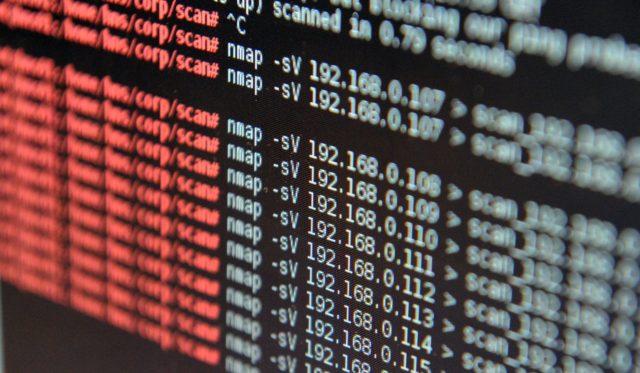By George Friedman
 China’s actions so far in the ongoing North Korean affair have been ambiguous. In order to try to understand China’s strategy toward North Korea, it is necessary to understand China’s strategy in general. To do that, it is important to recognize the imperatives and constraints that drive the country.
China’s actions so far in the ongoing North Korean affair have been ambiguous. In order to try to understand China’s strategy toward North Korea, it is necessary to understand China’s strategy in general. To do that, it is important to recognize the imperatives and constraints that drive the country.
First, we need to outline China’s basic geographical parts. The country has four buffer regions that are under its control. Tibet in the southwest has seen some instability and is vulnerable to outside influences. Xinjiang in the northwest is predominantly Muslim, with a significant insurgency but not one that threatens Chinese control. Inner Mongolia in the north is stable. Manchuria in the northeast is also stable and of all four buffers is the most integrated with the Chinese core. These last two regions are now dominated by the Han Chinese, China’s main ethnic group, but they are still distinct. When you look at a map of China, you will see that a good part of what we think of China is not ethnically Chinese.





















